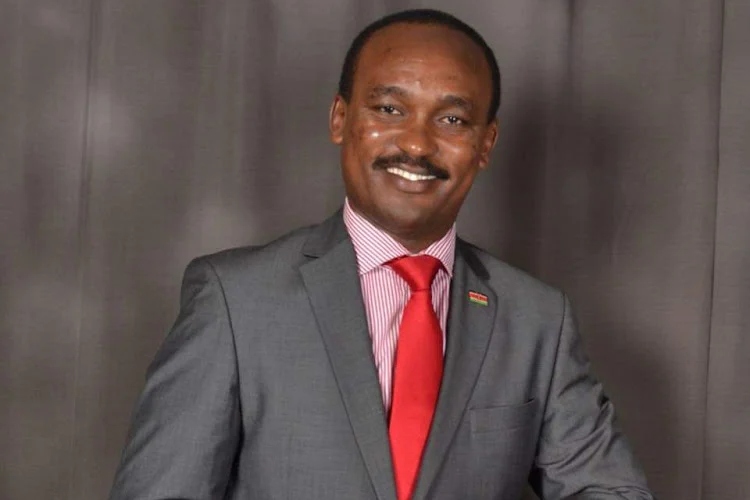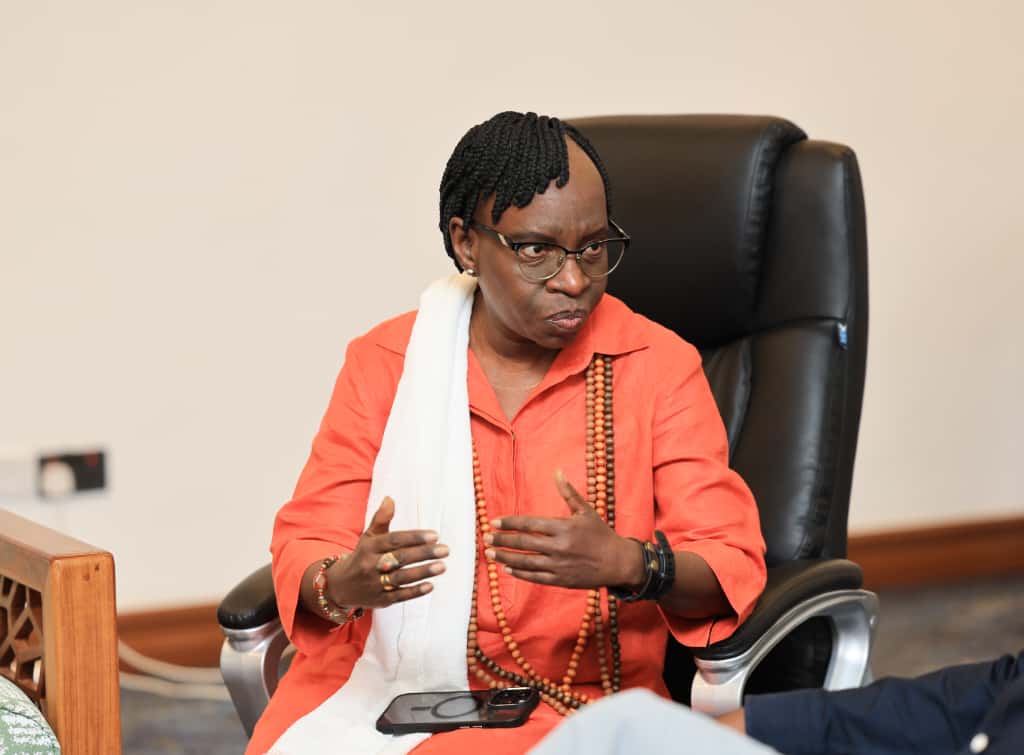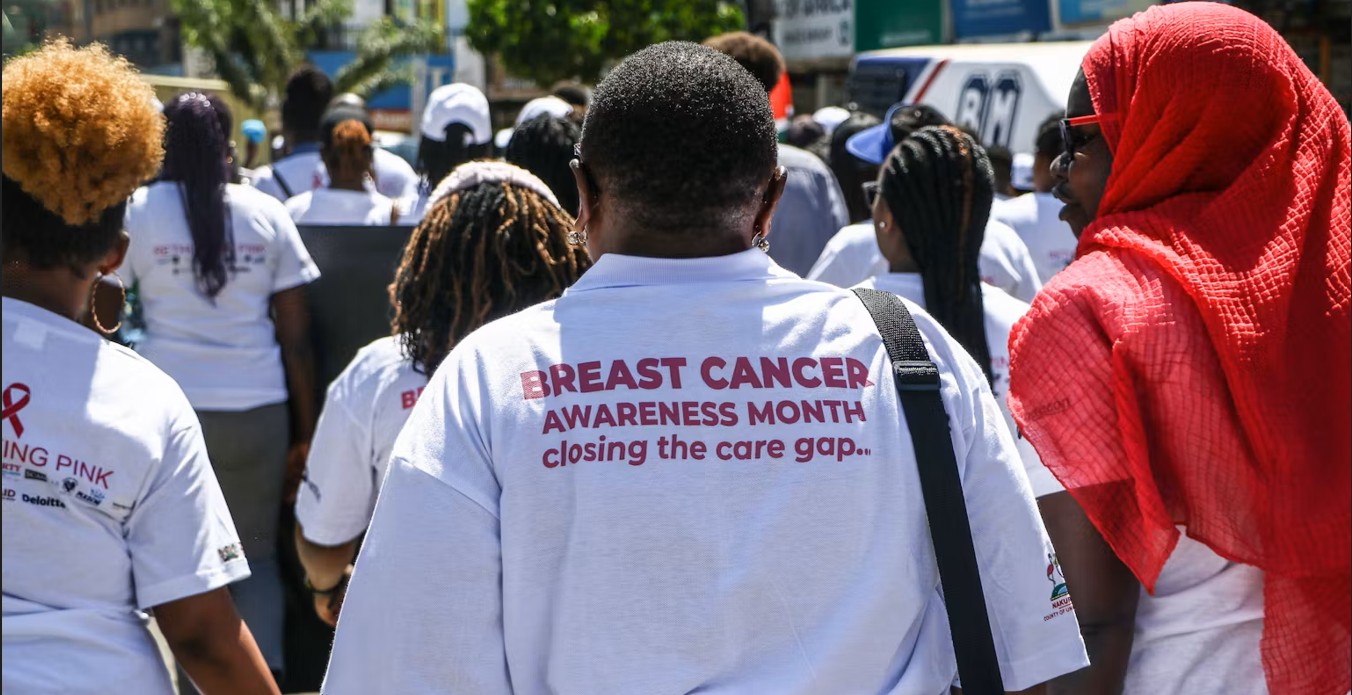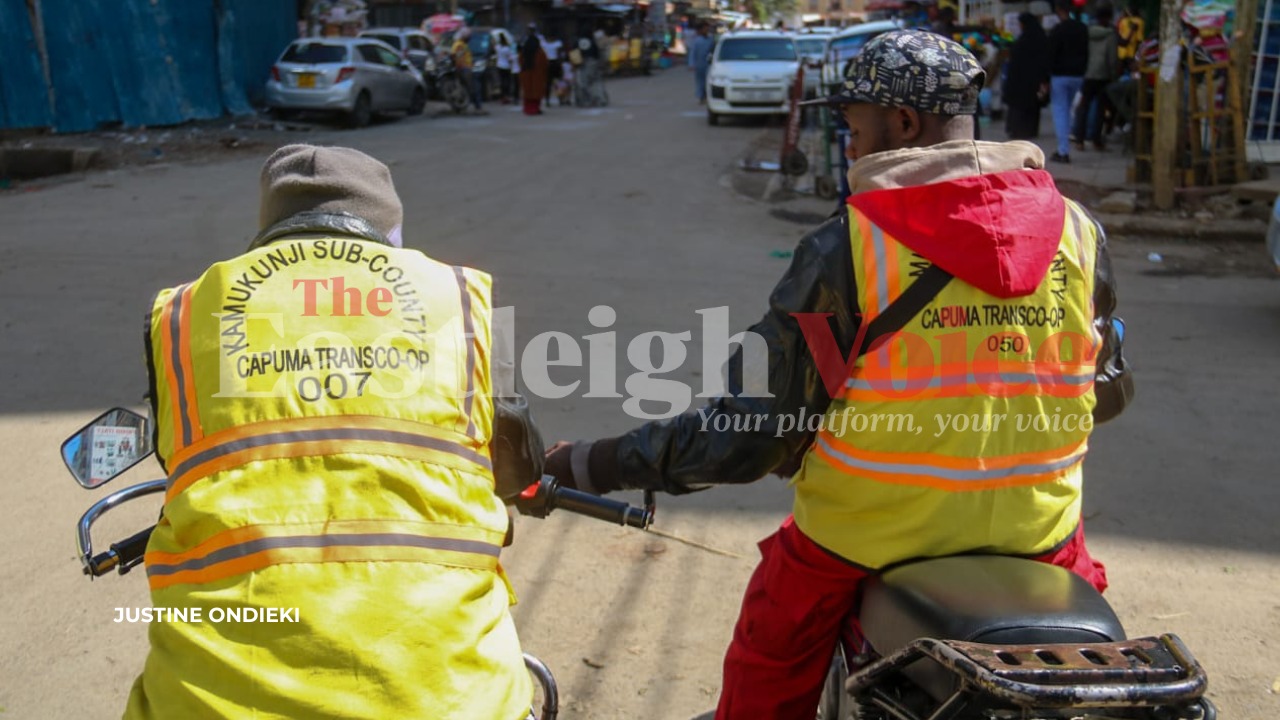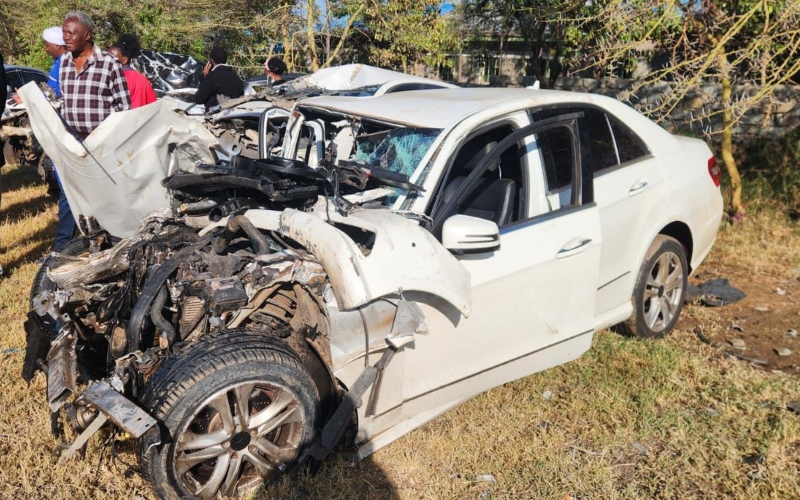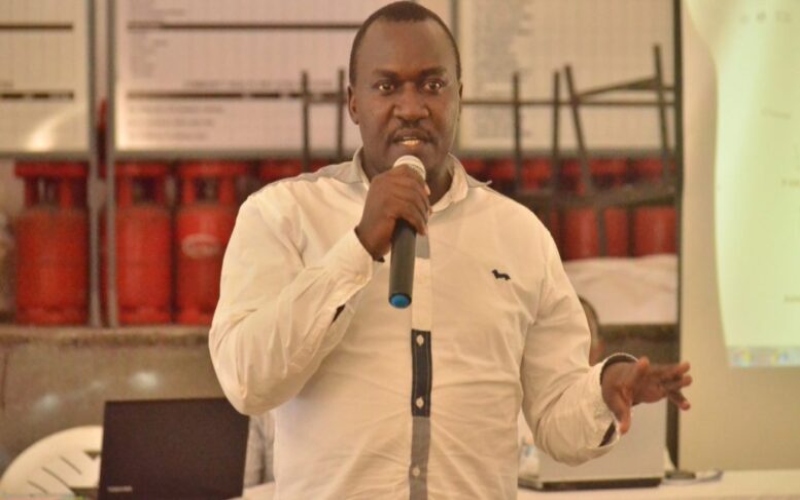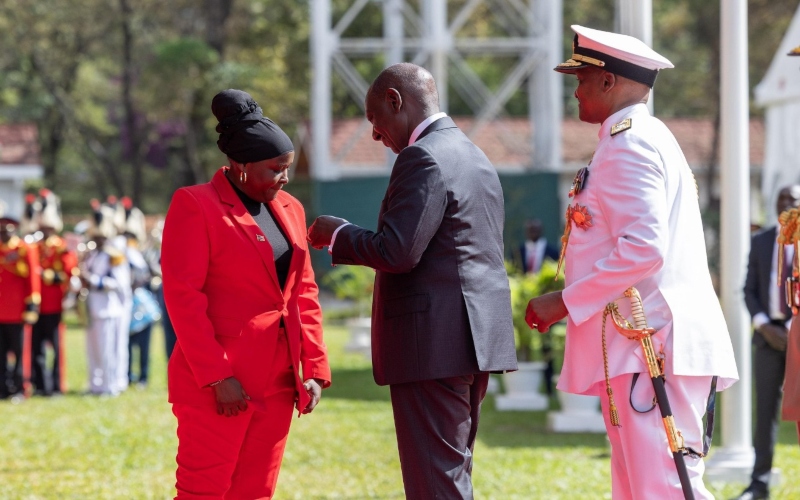A reform gone wrong: How Ruto’s university funding model failed students in 2024
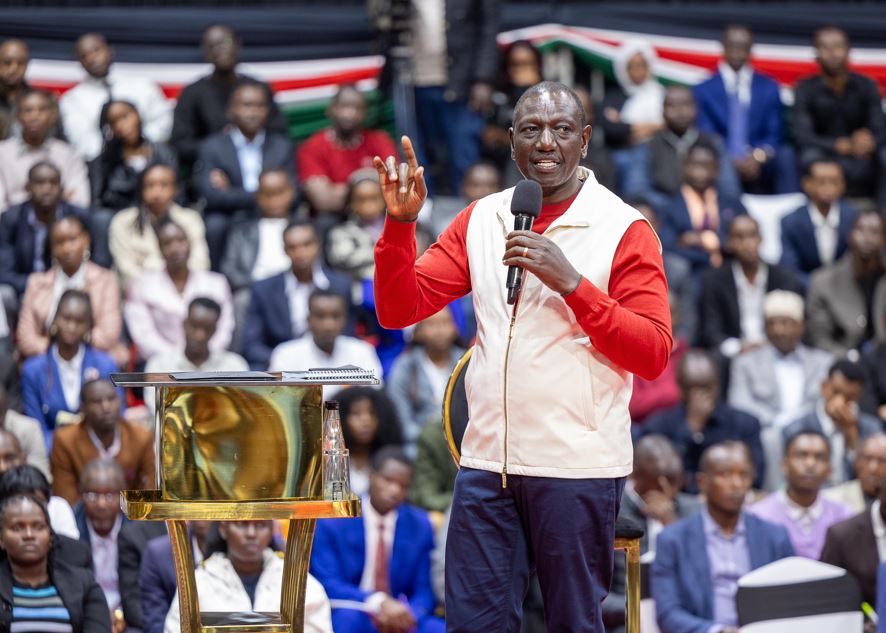
While the government has pledged to refine the system, trust among students, parents, and stakeholders remains low.
In May 2023, President William Ruto’s administration unveiled an ambitious university funding model which he said would make higher education more accessible and equitable.
Dubbed the "student-centred funding model" " the policy marked a departure from the traditional institution-based financing, focusing instead on individual students' financial needs.
More To Read
- Government commits Sh27 billion to upgrade TVET institutions nationwide
- KCSE marking starts under tight supervision to ensure fairness
- HELB loan defaults hit Sh42 billion as number of defaulters surges by 40 per cent
- KEPSA calls on Parliament to enact reforms to stabilise public universities after 49-day lecturers’ strike
- Five arrested for impersonating students in ongoing KCSE exams
- KCSE enters third week as government steps up efforts to ensure smooth exams amid floods
The new approach promised to address long-standing inequalities in education access, but by 2024, it had become a source of widespread unrest, exposing significant flaws in its implementation.
The reform classified students into four categories based on their financial capacity: vulnerable, extremely needy, needy, and less needy. The Means Testing Instrument (MTI), an evaluation tool used by the Higher Education Loans Board (HELB), determined each student’s classification.
Students in the most vulnerable categories were eligible for up to 100 per cent government funding, split between scholarships and loans, while less needy students were expected to cover a larger portion of their education costs.
The funding shift aimed to ensure that resources were directed to those most in need while reducing reliance on government subsidies for universities.
However, the model's implementation quickly revealed critical issues.
Where it went wrong
The MTI, heralded as a key component of the reform, became the epicentre of controversy. Despite being revamped in 2024, stakeholders raised concerns over its inability to accurately capture the socio-economic realities of many families.
The instrument, which has been used by HELB for over 25 years, was tasked with evaluating the financial needs of university students who sat KCSE exams in 2022 and 2023, based on a set of 10 parameters.
The parameters include parents’ background, gender, course type, previous school type, expenditure on education, family size and composition, marginalisation, disability status, chronic illness, and parental income.
The government aimed to ensure that students from the most disadvantaged backgrounds would receive the most support by categorising them into five financial bands based on their household income.
Band 1 includes students from households earning less than Sh5,995 per month, who receive the highest level of government support. Their tuition is covered up to 95 per cent through scholarships and loans, alongside a Sh60,000 upkeep allowance, leaving families to contribute only five per cent.
For instance, a Band 1 medical student with tuition costs of Sh612,000 receives a 70 per cent scholarship (Sh428,400) and a 25 per cent loan (Sh153,000), with the family paying just Sh30,600.
Students in Band 2, from households earning between Sh5,995 and Sh23,670 per month, are eligible for 90 per cent tuition funding, while those in Band 3, with incomes between Sh23,671 and Sh70,000, receive 80 per cent coverage.
Other Topics To Read
Band 4 students, from households earning Sh70,001 to Sh119,999, are offered 70 per cent tuition support, while those in Band 5, earning over Sh120,000, receive 60 per cent. Upkeep allowances also vary, from Sh60,000 for Band 1 students to Sh45,000 for Band 4 students.
Significant flaws
While the model promises to prevent financial barriers from impeding access to higher education, its implementation exposed significant flaws.
Many students from low-income families were categorised in Bands 4 and 5, leaving them unable to afford tuition fees or facing the burden of substantial debts.
Data from the Ministry of Education revealed that out of 113,105 processed funding applications, only 10,528 students were placed in Band 1, with 11,393 in Band 2 and 20,089 in Band 3. However, the majority — 37,764 students — fell into Band 4, while 26,137 were assigned to Band 5. The distribution raised questions about the MTI's accuracy and fairness.
Additionally, the exclusion of private university students from scholarships, granting them only loans, drew criticism for being discriminatory. Parents and students accused the government of underestimating the financial burden on households.
The issuance of new admission letters reflecting exorbitant fees further aggravated the crisis, casting doubt on the viability of the funding model.
Rejection and unrest
The new funding model issues led to widespread resistance.
Students across public universities staged protests, demanding its review. Parents’ associations and civil rights groups joined the outcry, calling for a more inclusive and transparent system.
The Kenya Human Rights Commission (KHRC) termed the model discriminatory, warning of its potential to widen education inequality.
“While intended to categorise students based on need, the instrument lacks a scientific basis, excluding many young people, especially those under 18. The alarming number of students unable to secure loans or scholarships highlights a funding model that was poorly conceived and fails to protect young people from systemic exclusion, a persistent feature of Kenya's governance,” the Elimu Bora Working Group under the KHRC said.
The unrest disrupted academic calendars, and public universities faced a wave of discontent. Legal challenges also emerged, with stakeholders filing petitions to halt the implementation of the funding system.
Government response
The government faced intense backlash over the implementation of the new university funding model, prompting President Ruto to intervene in August 2024. He directed public universities to recall admission letters previously issued to students and replace them with updated ones reflecting the amounts parents could afford to pay.
Ruto criticised the earlier admission letters, describing them as misleading since they outlined high course costs unaffordable to most parents.
He instructed universities to withdraw the letters and issue new ones aligned with the current budget allocations, ensuring transparency in the amounts families were expected to contribute.
Despite the president’s directive, discontent persisted among students and stakeholders, causing widespread disruptions in higher education institutions.
“The letters issued by our universities were misleading because they were talking about the costs of the courses offered. We want letters to be released, those that were released earlier to be withdrawn and proper letters issued as per the amount of money the parent can pay,” he said.
Student demonstrations
In September, students from Moi University, Kenyatta University, Pwani University, the Technical University of Mombasa, and Mount Kenya University held demonstrations, rejecting the funding model. They called for the reinstatement of the Differentiated Unit Cost (DUC) model, accusing student leaders of being compromised to call off a planned nationwide strike.
The protests led the government to form a national working committee to address concerns about the controversial funding model.
In a gazette notice, Ruto outlined the committee's structure, which included four subcommittees tasked with reviewing university and technical institution funding.
However, before the committee could begin its work, the High Court temporarily suspended the model's implementation on October 3, 2024.
Justice Chacha Mwita issued the suspension pending the hearing of a case filed by KHRC and other groups. The case, initiated in 2023, argued that the model was introduced without adequate consultation or supporting legislation.
The petitioners, including the KHRC, the Elimu Bora Working Group, Boaz Waruku, and the Students Caucus, contended that the model would exclude thousands of students from accessing funds. They further stated that the Universities Fund and the Higher Education Loans Board were already legally mandated to oversee higher education financing under the existing DUC model.
Right to education
Justice Mwita criticised delays by the Attorney General, Education Cabinet Secretary, and the Kenya Universities and Colleges Central Placement Service (KUCCPS) in filing submissions. The court issued conservatory orders barring the implementation of the new funding model until the case was heard and determined.
While the government has pledged to refine the system, trust among students, parents, and stakeholders remains low.
Stakeholders have maintained that the future of the reform hinges on creating a more accurate and inclusive framework that upholds the constitutional right to education for all Kenyans.
The funding model, once envisioned as a beacon of equity, now stands as a cautionary tale of the challenges of implementing sweeping reforms without adequate groundwork.
Top Stories Today


